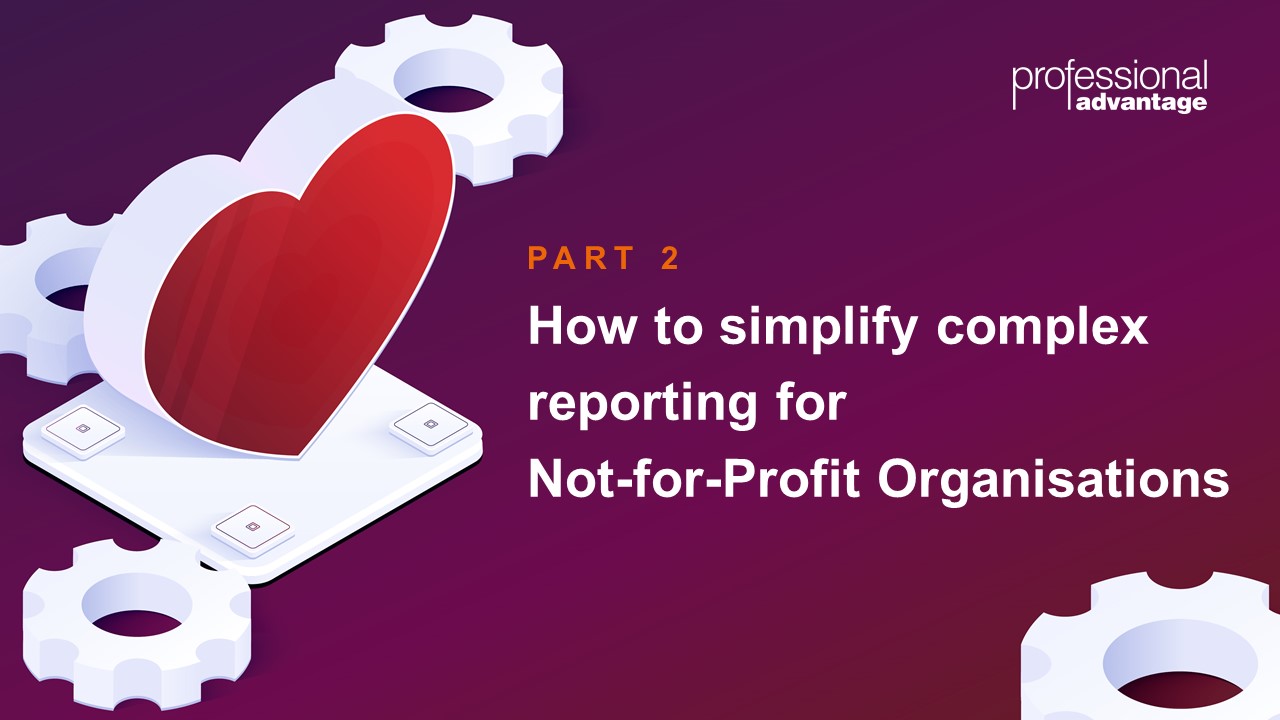A complex web of income streams
Imagine a business where some income can be allocated for any purpose and other income must be allocated for specific purposes within the business. And those specific purposes are all different depending on where the income comes from. Each block of income is a different amount. Some of the income is in the form of one-off donations, some is regular giving, and some is a grant for a specific amount of money over a set amount of time. And the regular giving may stop at any moment, or turn into a bequest of a considerable amount of money.
Welcome to the funding model of medical research institutes:
- Grants are usually provided for a specific purpose, for a set amount of time.
- One-off donations and bequests may be tied to a specific cause, such as a woman leaving money to ovarian cancer because she had it in her lifetime, or may not be tied to any cause.
- Regular giving, whether tied to a specific cause or not, may stop at any time when the giver changes their mind or circumstances.
An equally complex web of expenditure streams
Largely because the income streams are so complicated, medical research institutes also have complicated expenditure models.
Expenditure is usually tied to specific research projects, often around the treatment of a particular condition or the use of a particular therapy. These projects are often funded by grants, but can also be funded by other income streams that are relevant to the research.
For example, a research project into the use of targeted drug therapies in pancreatic cancer could be funded by a combination of:
- A grant for research in to targeted therapies.
- A bequest left for research in to pancreatic cancer.
- A fundraising drive for the pancreatic research centre.
- A government funding initiative to support research in to fast-acting cancers.
Making the opaque transparent
Overlaying the tangled web of financial transactions that make this research happen is a need to be transparent by providing the following information for the following stakeholders:
- Granting bodies need to see how their grants have been applied.
- Granting bodies may also want to see a connection between their donation and the effectiveness of the projects they have funded.
- Specific purpose donors need to know that their donation has been spent according to their wishes.
- Auditors need to see that money donated for a specific purpose has been used for that purpose.
- Executors or trustees of estates need to see that their bequests have been applied correctly.
- Researchers and project leads need to know how much money is left in the funding pool for their project.
- Directors must demonstrate ongoing solvency.
- Fundraising directors need numbers to demonstrate to donors the effectiveness of every dollar donated, and how little is wasted in administration, to encourage further donations.
We are familiar with this territory because we partner with clients who are medical research institutes. They use Power BI over their systems to get the top-down view of the organisation that they need. They also take advantage of Power BI’s ability to drill down from the top-level view to analyse the detail. It gives them the power to:
- Take a top-level aggregated view of the organisation to ensure that the funds coming in are covering the funds going out.
- Look how much of each grant or donation has been spent and is left to spend, and drill down to each project the money has been spent on.
- Break down the funding for a research project to identify the sources of funding for the research.
Power BI is a powerful tool, and it is well applied to these complicated financial tangles.
Power BI for the research itself
But there is another application for Power BI in medical research.
Medical research produces a lot of data.
Many medical research projects produce a lot of data repositories.
Medical research institutes could use the functions of Power BI to pull these sources of information together to find new insights in existing databases.
Power BI could even be applied across longitudinal studies to look for patterns that may have gone unnoticed.
Where there is data, there is potential
The most exciting aspect of using powerful tools like Power BI is giving someone the time and space to troll through data to expose new connections and insights that were hidden in the complexity. It just requires someone to try.
Go on, go for it.







